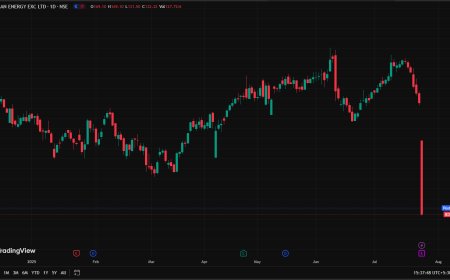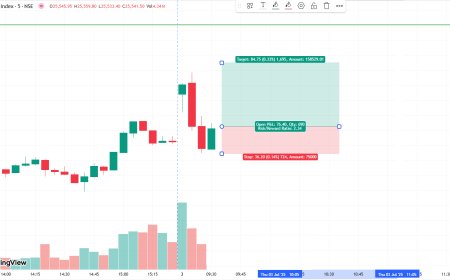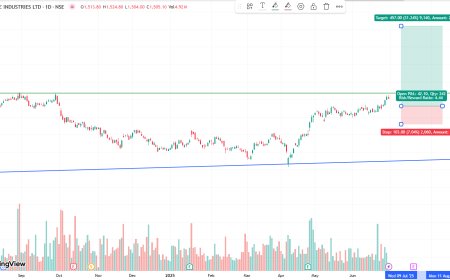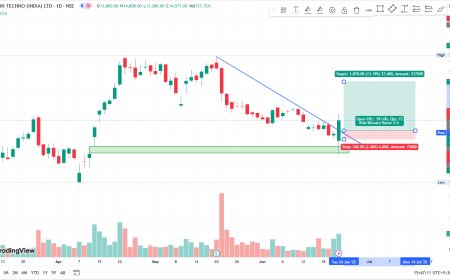Japanese Lunar Lander Loses Connection After Attempted Moon Landing A Japanese lunar lander has lost communication following its descent, raising concerns about the mission's success
Japan’s SLIM lunar lander lost communication shortly after its descent, raising concerns about the mission’s success. Read expert analysis and market impact.
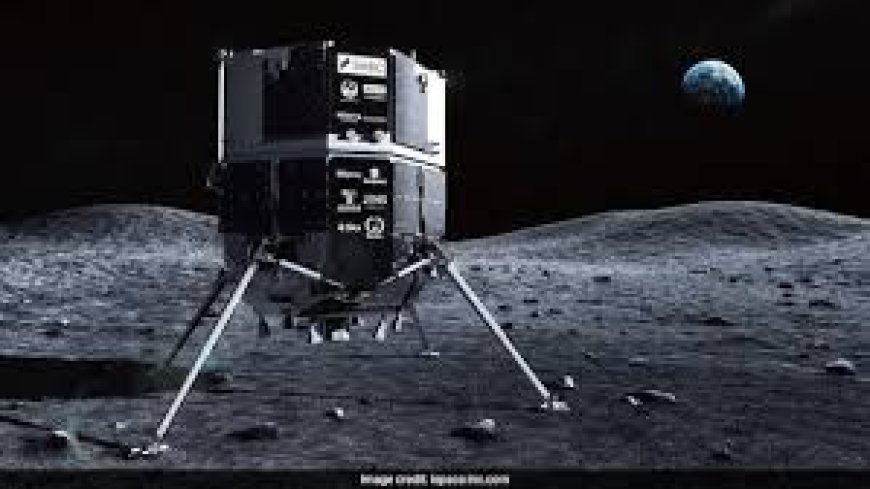
Tokyo, Japan – June 7, 2025
Japan’s space exploration hopes encountered a major setback on Friday as the nation’s lunar lander, SLIM (Smart Lander for Investigating Moon), lost communication shortly after its attempted touchdown on the Moon’s surface. The Japan Aerospace Exploration Agency (JAXA) announced the loss of signal, casting uncertainty over whether the spacecraft achieved a successful landing or suffered a critical failure.
The mission, hailed as a potential milestone in Japan’s space journey, was designed to demonstrate precision landing technology — a key capability for future lunar exploration and international space partnerships.
Mission Objectives and Descent Sequence
The SLIM lander launched aboard a Mitsubishi Heavy Industries H-IIA rocket earlier this year and began its descent toward the Moon’s surface early Friday. The craft was expected to land within 100 meters of a pre-designated target area near the Shioli crater — a precision far beyond any previous mission by Japan.
JAXA confirmed that the descent sequence proceeded as planned up to the final stages, with the craft firing its thrusters and adjusting trajectory for a soft landing. However, communications were lost moments before confirmation of touchdown.
Expert Concerns and Preliminary Assessments
“We are currently analyzing telemetry data received until the last moment of communication,” said Hiroshi Yamakawa, President of JAXA, during a press briefing. “At this stage, we cannot confirm whether the lander is upright or functional.”
Space analysts have expressed cautious concern over the sudden silence from SLIM.
“If communication doesn’t resume in the next few hours, it likely indicates a critical systems failure,” said Koji Miyamoto, a Tokyo-based aerospace analyst. “This would be a significant blow to Japan’s lunar aspirations.”
Geopolitical and Scientific Implications
Japan’s SLIM mission is part of a broader strategy to establish itself as a key player in space exploration, amid increasing competition from China, India, and private players such as SpaceX. The mission also contributes to Japan’s partnership with NASA under the Artemis program, which aims to return humans to the Moon later this decade.
The SLIM lander was equipped with two mini rovers developed in collaboration with Sony and Doshisha University, intended to collect data and images from the lunar surface. These payloads, too, remain unaccounted for due to the communication loss.
Investor and Market Impact
The news impacted several aerospace and tech-related stocks in Tokyo trading on Friday. Shares of Mitsubishi Heavy Industries dipped by 1.8%, while IHI Corporation, another space contractor, saw a 0.9% drop. However, analysts say the broader implications for Japanese tech firms remain minimal unless the mission is officially declared a failure.
“Investors will watch for how JAXA responds and whether any salvage operations or partial mission success can be confirmed,” noted Ayumi Kondo, equity strategist at Nomura Securities. “This isn’t just about SLIM — it’s a long-term signal about Japan’s role in the future of space tech.”
Public and Global Reactions
Public sentiment in Japan remains cautiously optimistic, with many expressing pride in the country's ambition and innovation.
Social media platforms lit up with messages of support, with hashtags like #SLIMMission and #ProudOfJAXA trending across Japanese and international platforms.
NASA and ESA (European Space Agency) also issued statements acknowledging the difficulty of lunar landings and offering solidarity. “Every attempt helps advance our understanding,” said a NASA representative. “We stand with our Japanese partners.”
What’s Next: A Wait-and-Watch Phase
JAXA teams are working around the clock to reestablish communication with SLIM. The agency plans to attempt several reboot commands over the next 24 to 48 hours, hoping the lander’s autonomous systems may still activate a backup signal.
Even in the event of a failure, JAXA officials maintain that the mission has provided valuable data on descent navigation and autonomous landing, which could benefit future missions.
“Lunar exploration is an inherently high-risk endeavor,” said Dr. Minako Saito, professor of planetary science at the University of Tokyo. “We must learn from each attempt — that is how space science progresses.”
Investor Outlook: Short-Term Jitters, Long-Term Vision
While the loss of communication is undoubtedly a setback, market experts advise a long-term perspective. Japan’s investment in space, through both governmental and private partnerships, remains on a growth trajectory.
JAXA is expected to launch further lunar and Mars missions by 2030, including collaborative ventures with India’s ISRO and NASA. Private firms such as ispace Inc. — which previously attempted a Moon landing — also continue to push forward.
“The space economy is still in its infancy,” said Arata Ishikawa, senior tech fund manager at SBI Securities. “Japan’s innovation capacity, combined with global collaboration, will drive returns over the coming decades.”
As the world waits for updates from JAXA, the SLIM mission underscores both the promise and the peril of space exploration. Regardless of final outcomes, Japan’s bold attempt places it firmly among the few nations willing to take high-stakes leaps toward the Moon and beyond.
What's Your Reaction?
 Like
0
Like
0
 Dislike
0
Dislike
0
 Love
0
Love
0
 Funny
0
Funny
0
 Angry
0
Angry
0
 Sad
0
Sad
0
 Wow
0
Wow
0





































